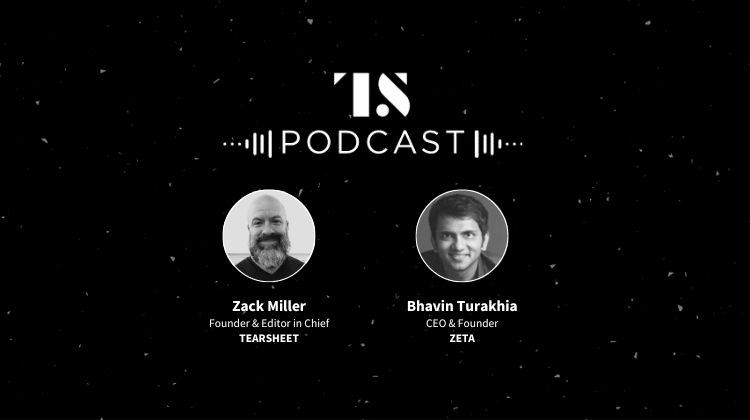Podcasts
‘I am a strong believer in lightning-strike, low frequency/high impact marketing’: Zeta’s Bhavin Turakhia
- Money 20/20 conference attendees are familiar with Zeta and its sponsorship of the event, with its high-profile musical concerts and large, centrally-located booth.
- We sit with the CEO to understand why he started his fourth SaaS firm in fintech, and what his go-to-market plan is for the credit card as a service firm.








